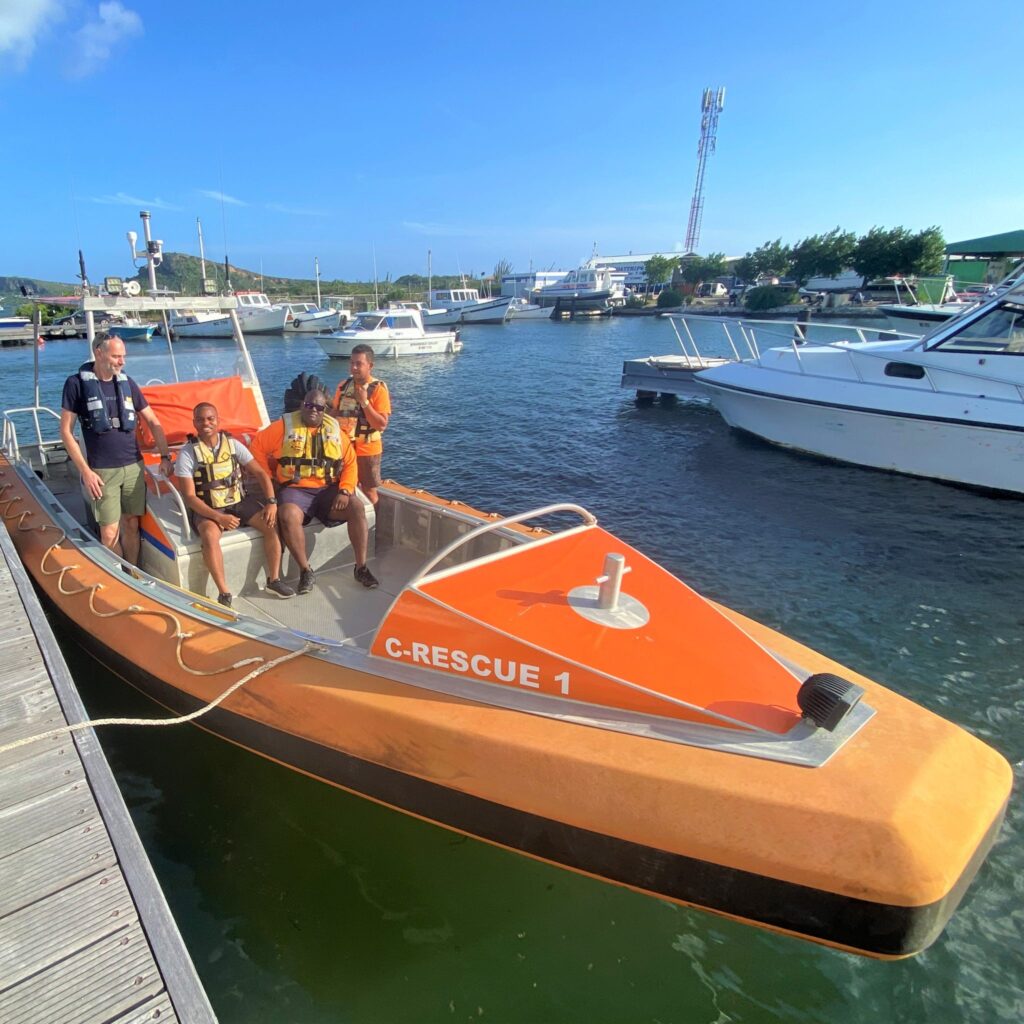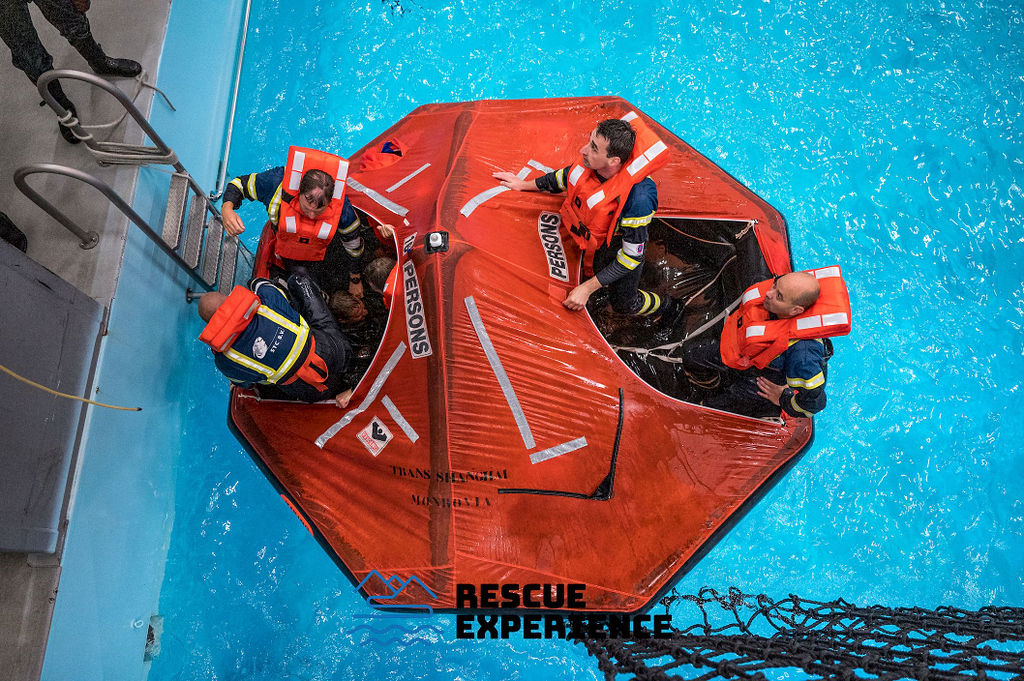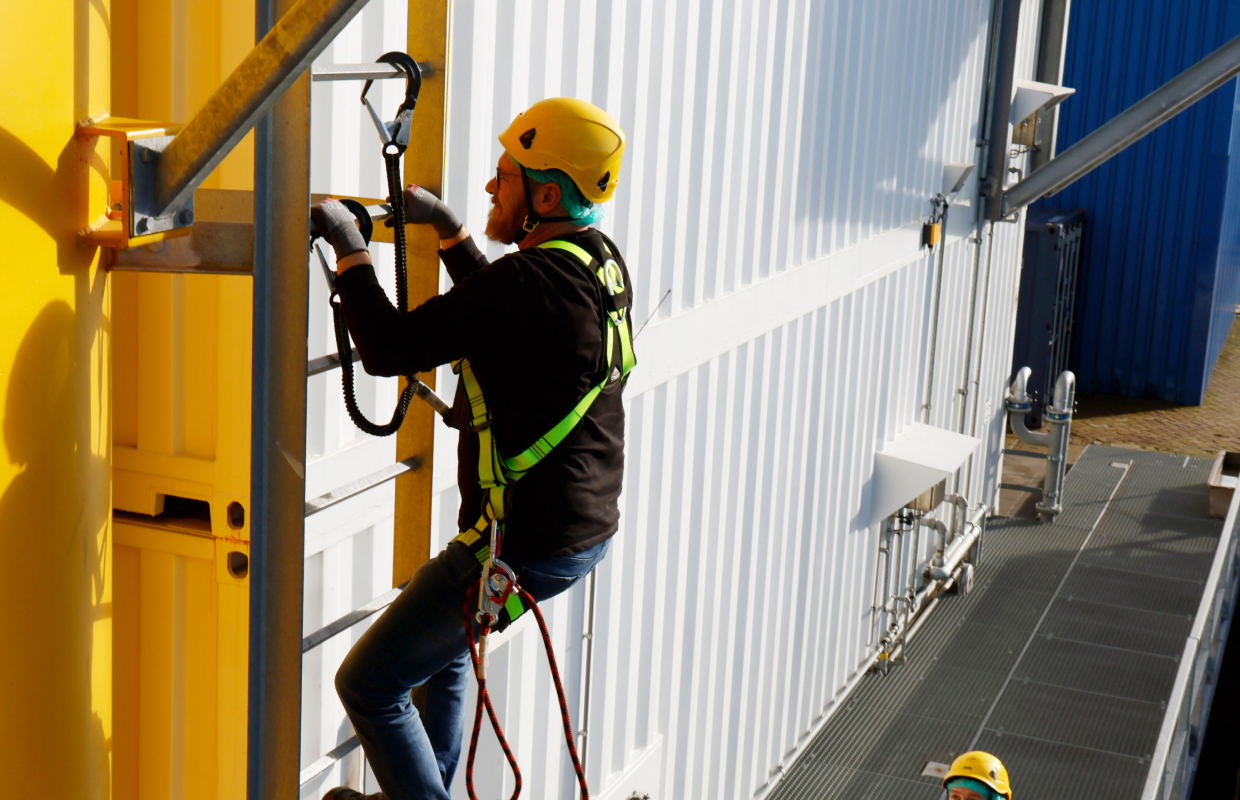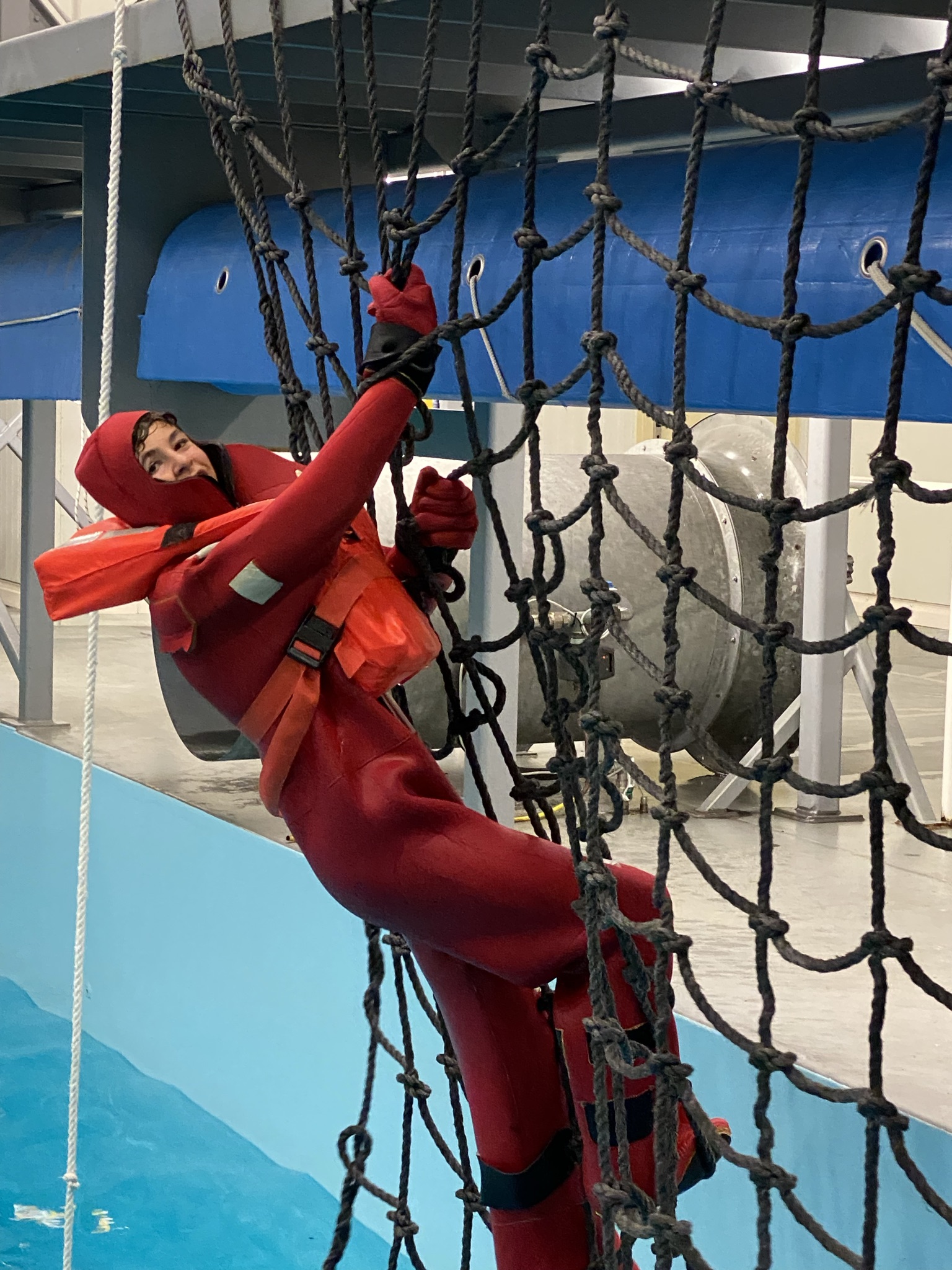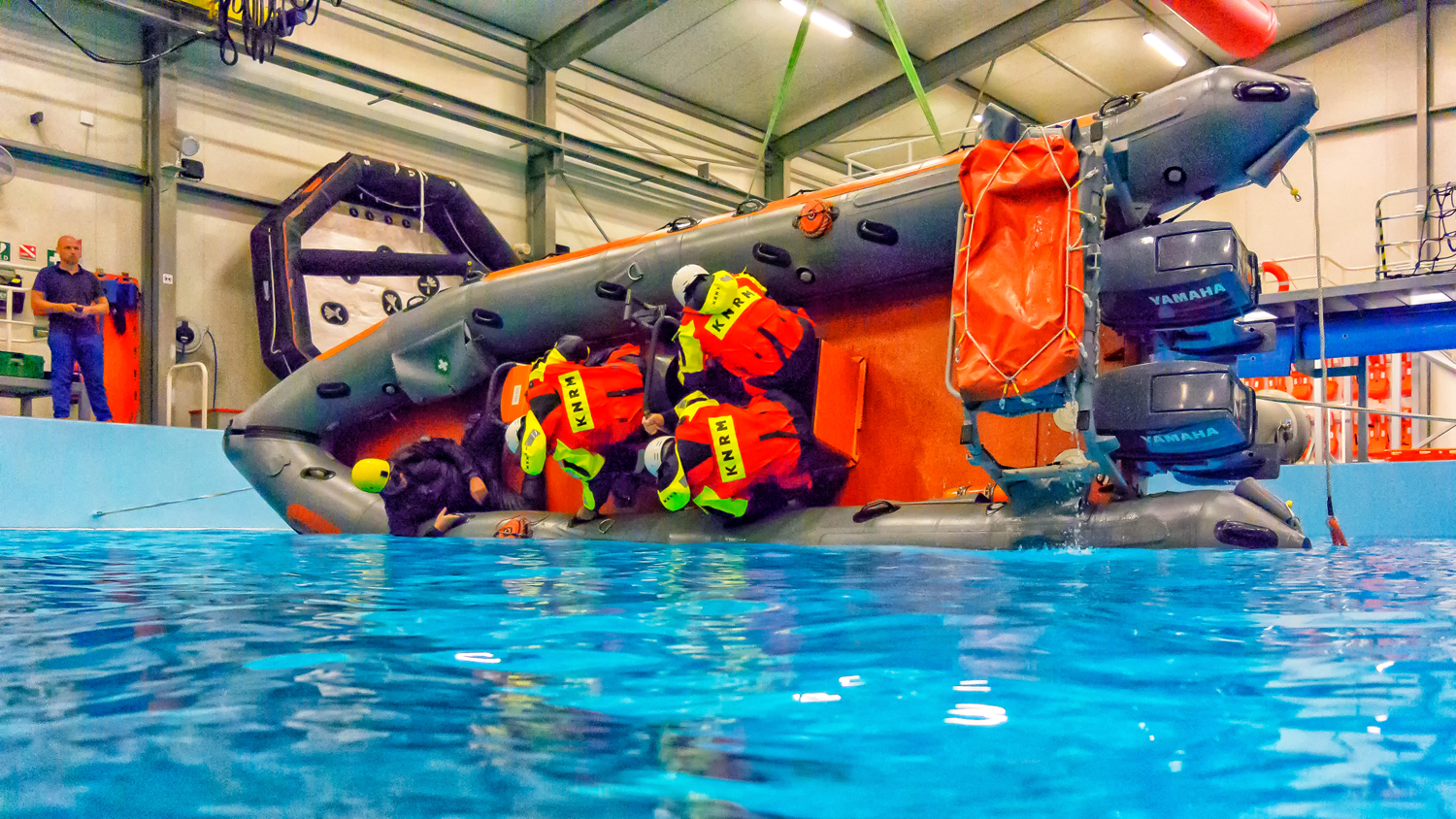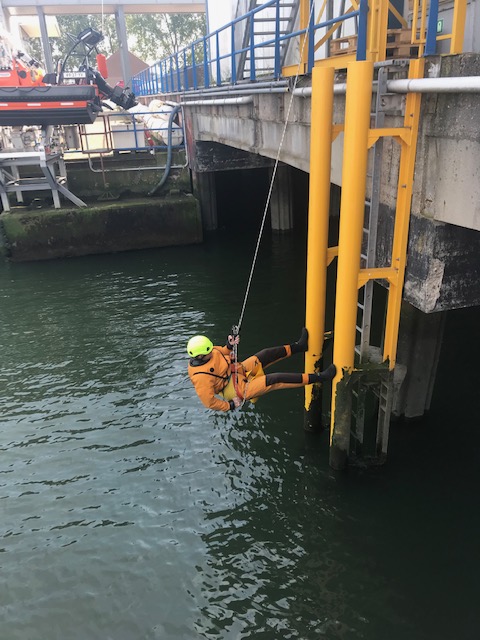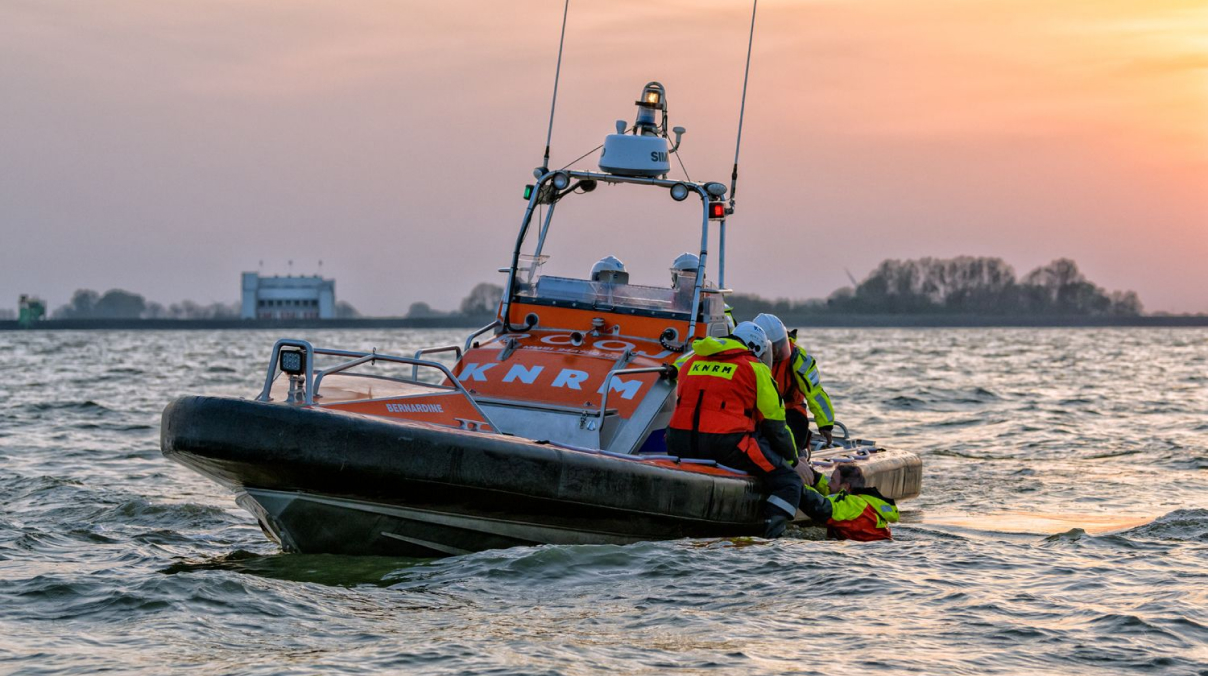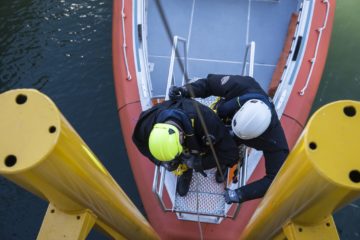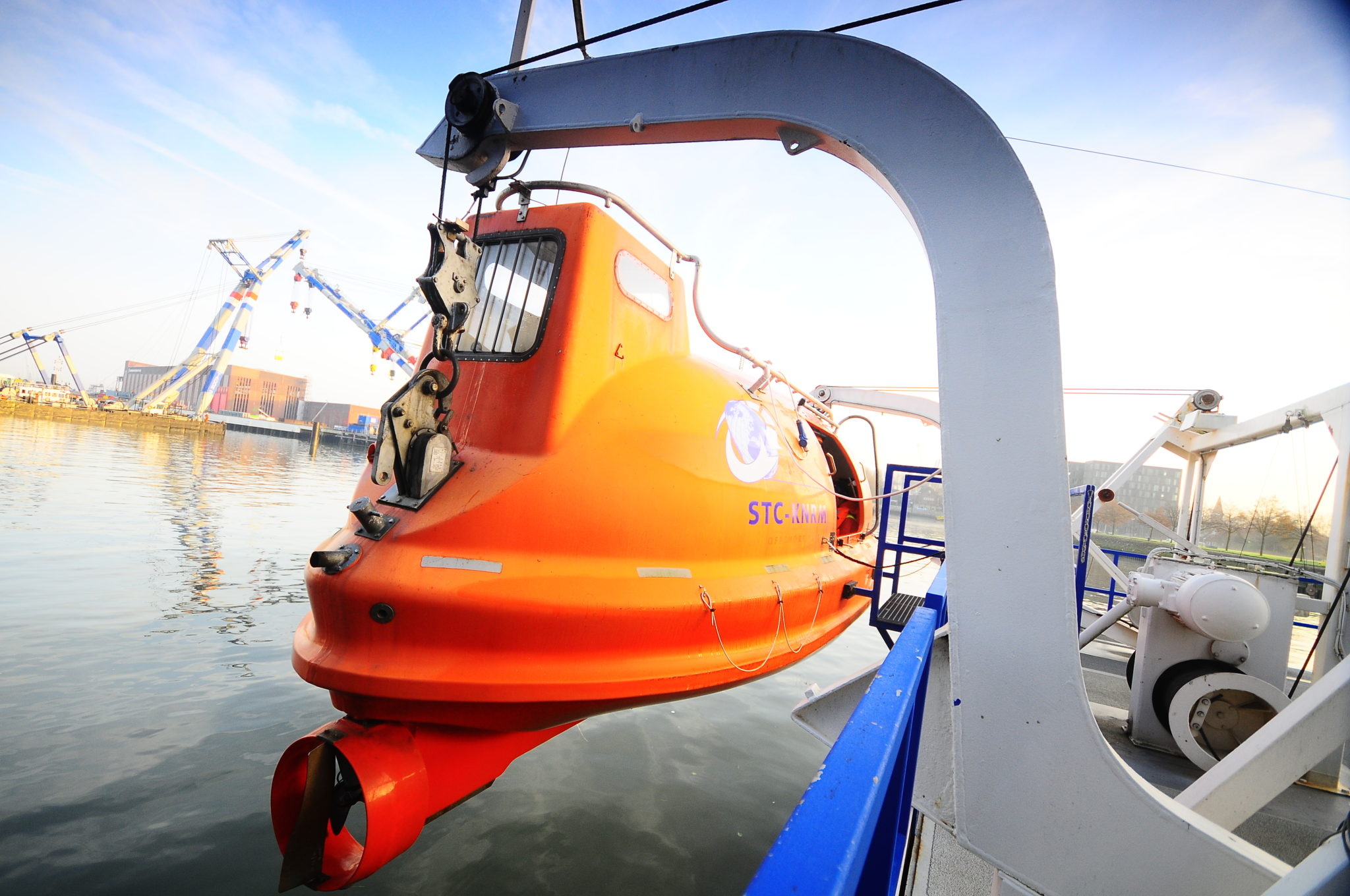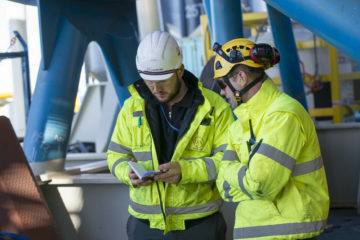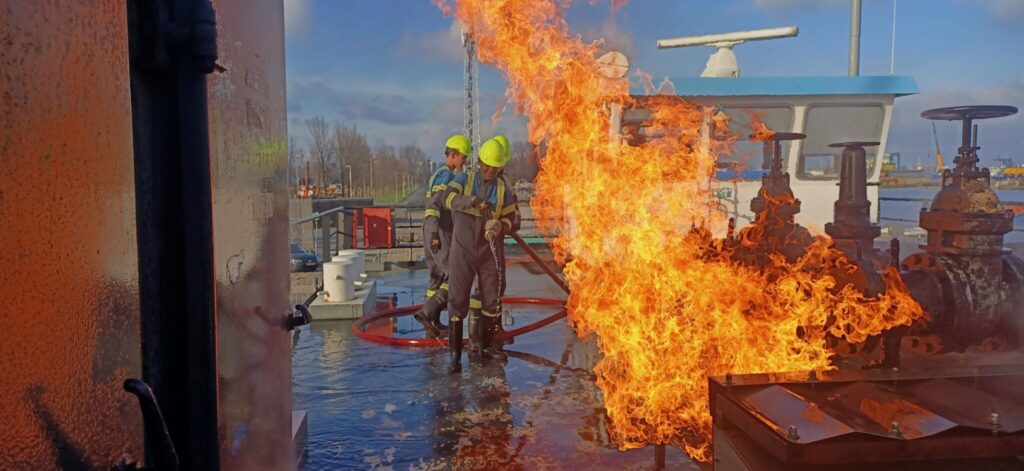Ontdek onze top trainingen
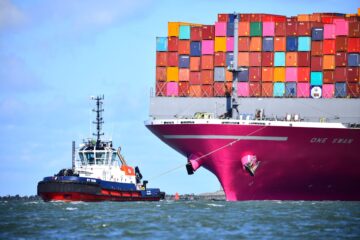
Basic Training (STCW)
De STCW Basic Training is een vierdaagse training die bedoeld is voor medewerkers die...
€1.134,-
incl. registratiekosten, excl. 21% BTW
Nieuw 
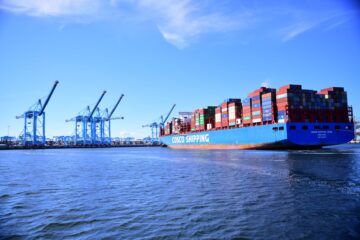
Basic Training Refresher (STCW)
De Basic Training (STCW) refresher is een tweedaagse herhalingstraining die bedoeld is voor medewerkers...
€610,-
incl. registratiekosten, excl. 21% BTW
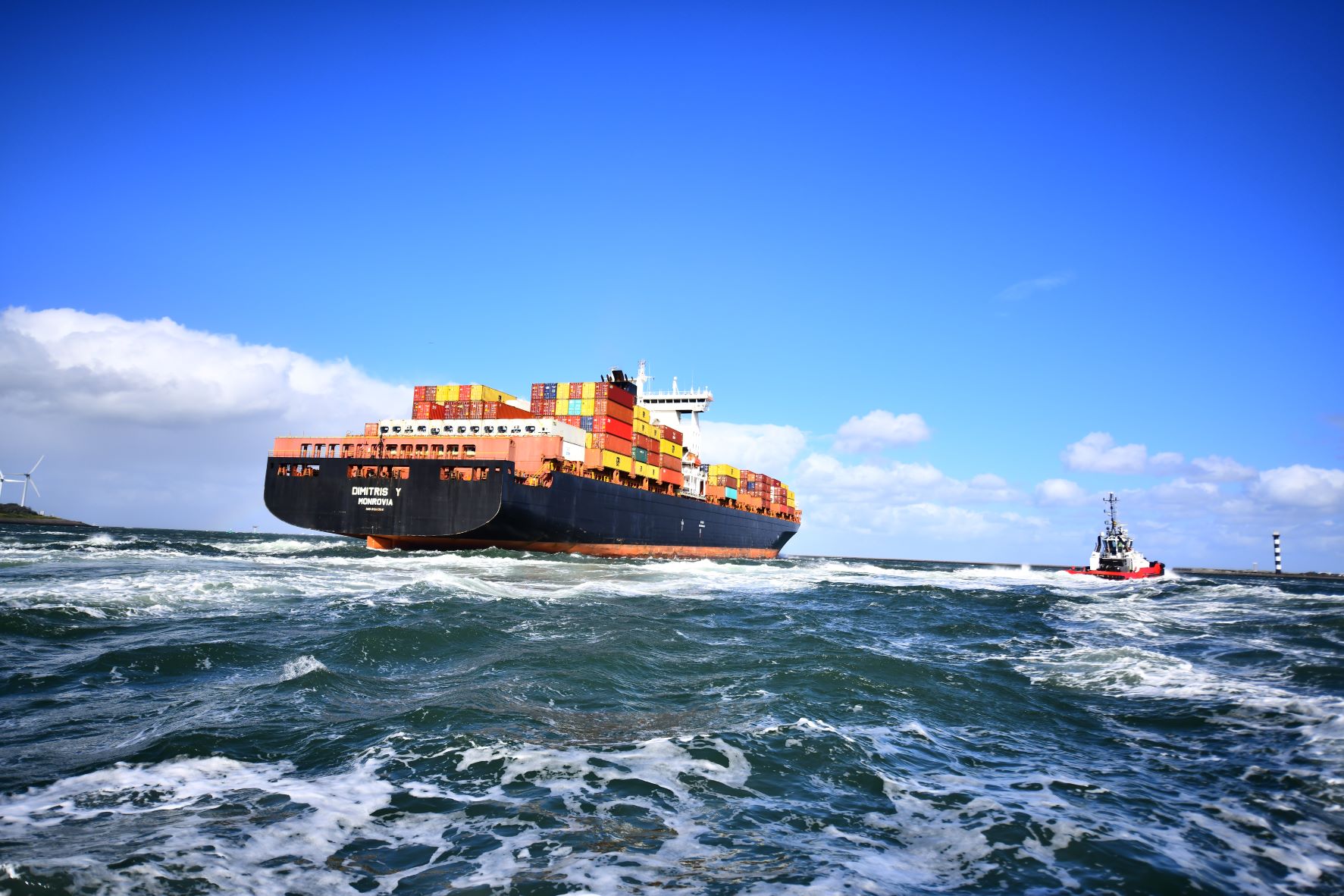
Combi refresher Basic Training, Advanced Fire Fighting en Proficiency in Survival Crafts and Rescue Boats other than fast rescue boats (STCW SCOM-2)
De training Combi refresher Basic Training, Advanced Fire Fighting en Proficiency in Survival Crafts...
€1.386,-
incl. registratiekosten, excl. 21% BTW
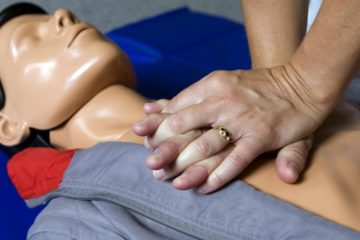
Combi Medical First Aid and Medical Care (STCW)
Medical First Aid Het is van levensbelang dat opvarenden aan boord van schepen medische...
€1.539,-
excl. 21% BTW
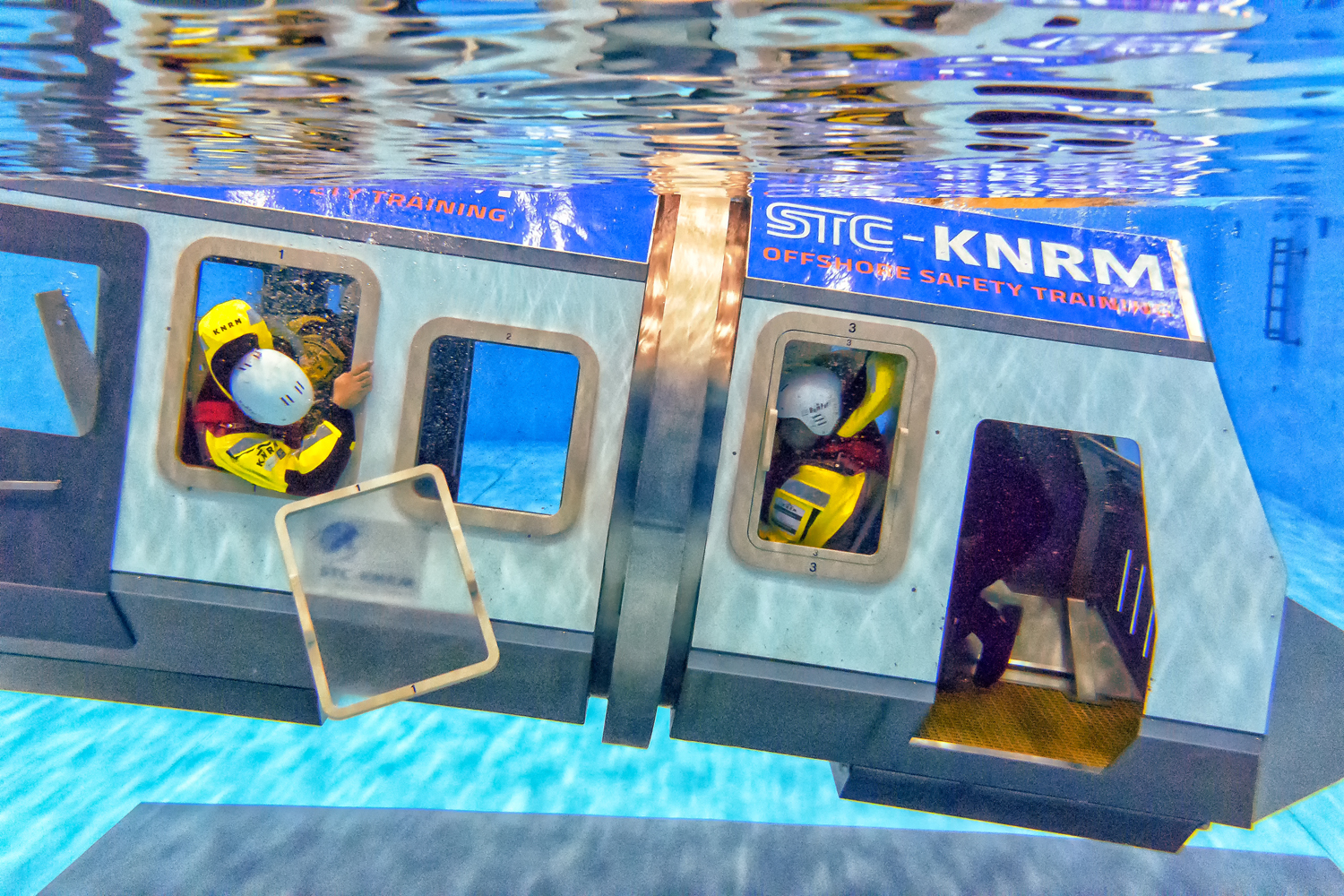
BOSIET (OPITO 5750) / 0.5A + CA-EBS (incl. Escape Chute Training)
Introductie De Basic Offshore Safety Introduction and Emergency Response Training (NOGEPA 0.5a BOSIET +...
€1.140,-
incl. registratiekosten, excl. 21% BTW
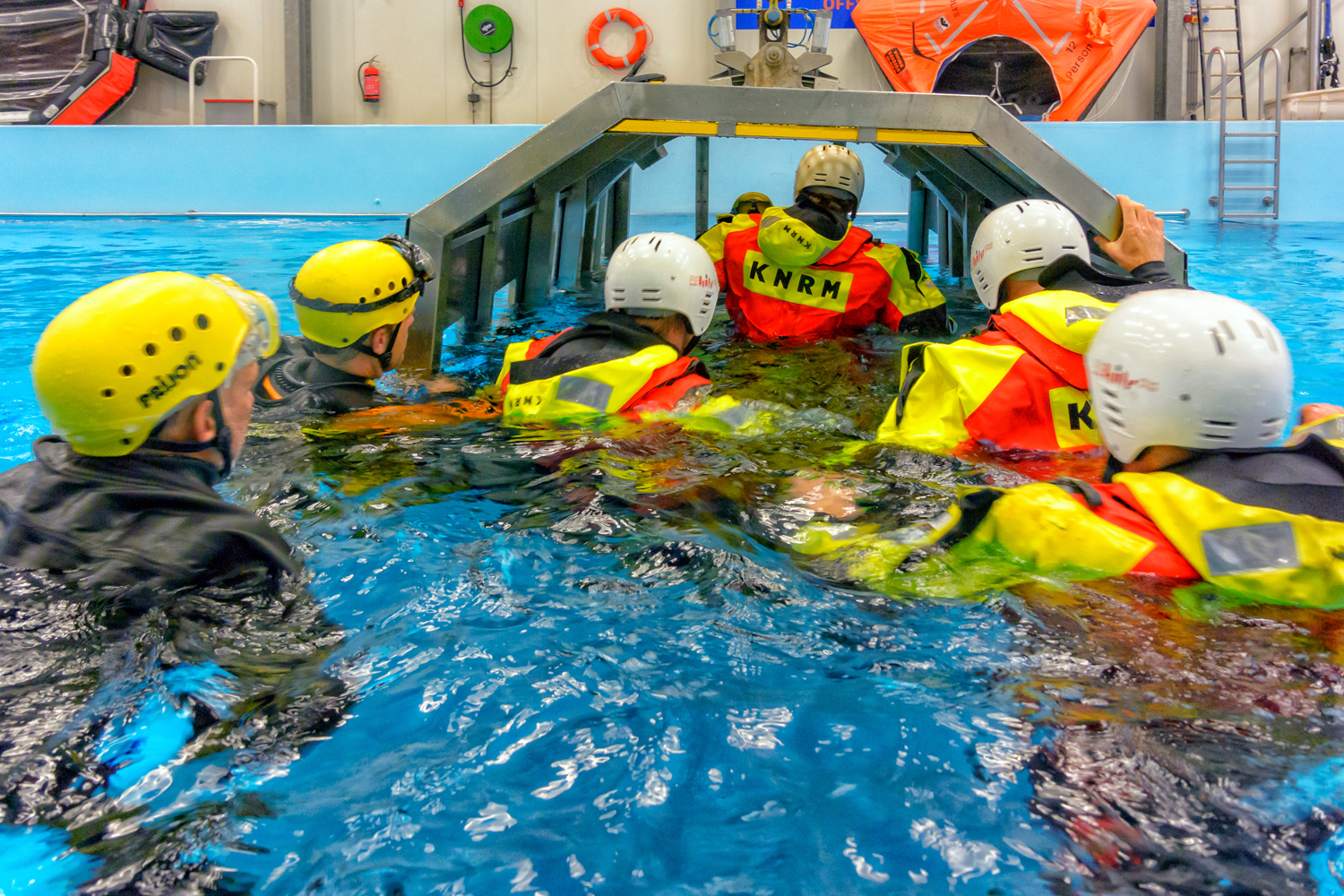
FOET (5850) / 0.5B + CA-EBS (incl. Escape Chute Training)
Introductie De Further Offshore Emergency Training (0.5b FOET) is een ééndaagse herhalingstraining. De training...
€720,-
incl. registratiekosten, excl. 21% BTW
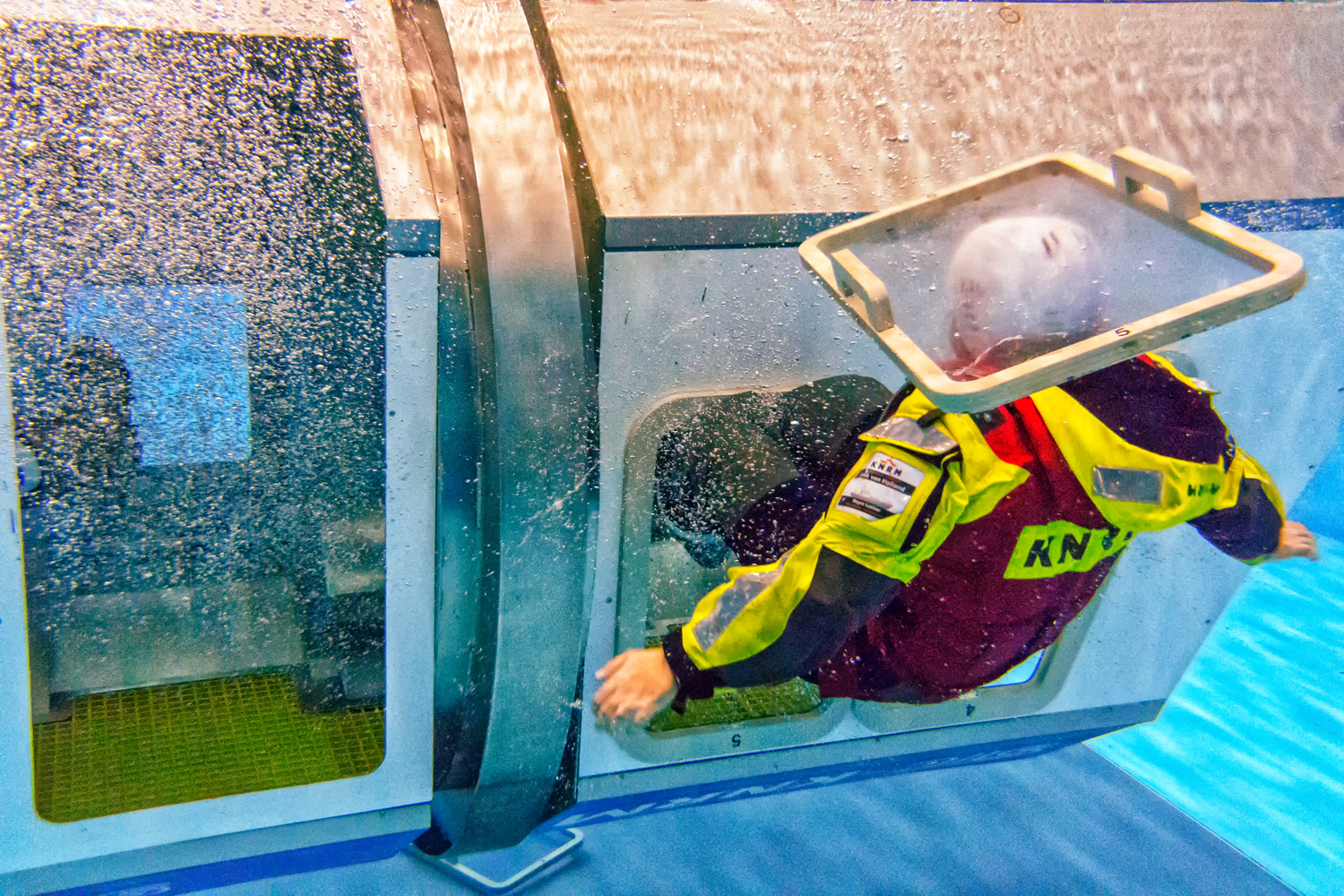
E-BOSIET (OPITO 5752/Digital Delivery BOSIET) + CA-EBS
Introductie OPITO heeft de E-learning methode ontworpen voor de theoretische onderdelen van de BOSIET...
€1.035,-
incl. registratiekosten, excl. 21% BTW
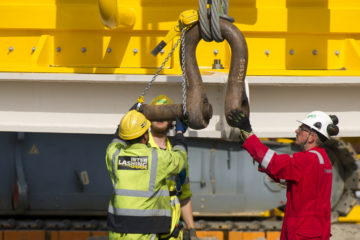
Rigging & Slinging voor Riggers & Banksmen (DNV)
Deze 3-daagse praktijkgerichte Rigging & Slinging voor Riggers & Banksmen training is speciaal ontwikkeld...
€1.450,-
excl. 21% BTW
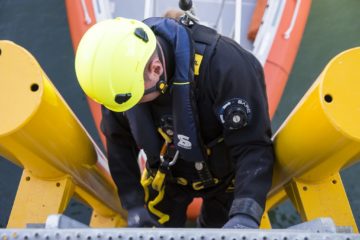
Basic Safety Training (GWO)
Deze volledige training is opgesteld volgens de richtlijnen van de Global Wind Organization (GWO). Deze 4,5...
€1.530,-
incl. WINDA registratie fee, excl. 21% BTW
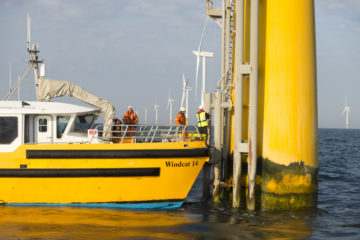
Basic Safety Training (GWO) Refresher
Deze volledige herhalings training is opgesteld volgens de richtlijnen van de Global Wind Organization...
€1.155,-
incl. WINDA registratie fee, excl. 21% BTW
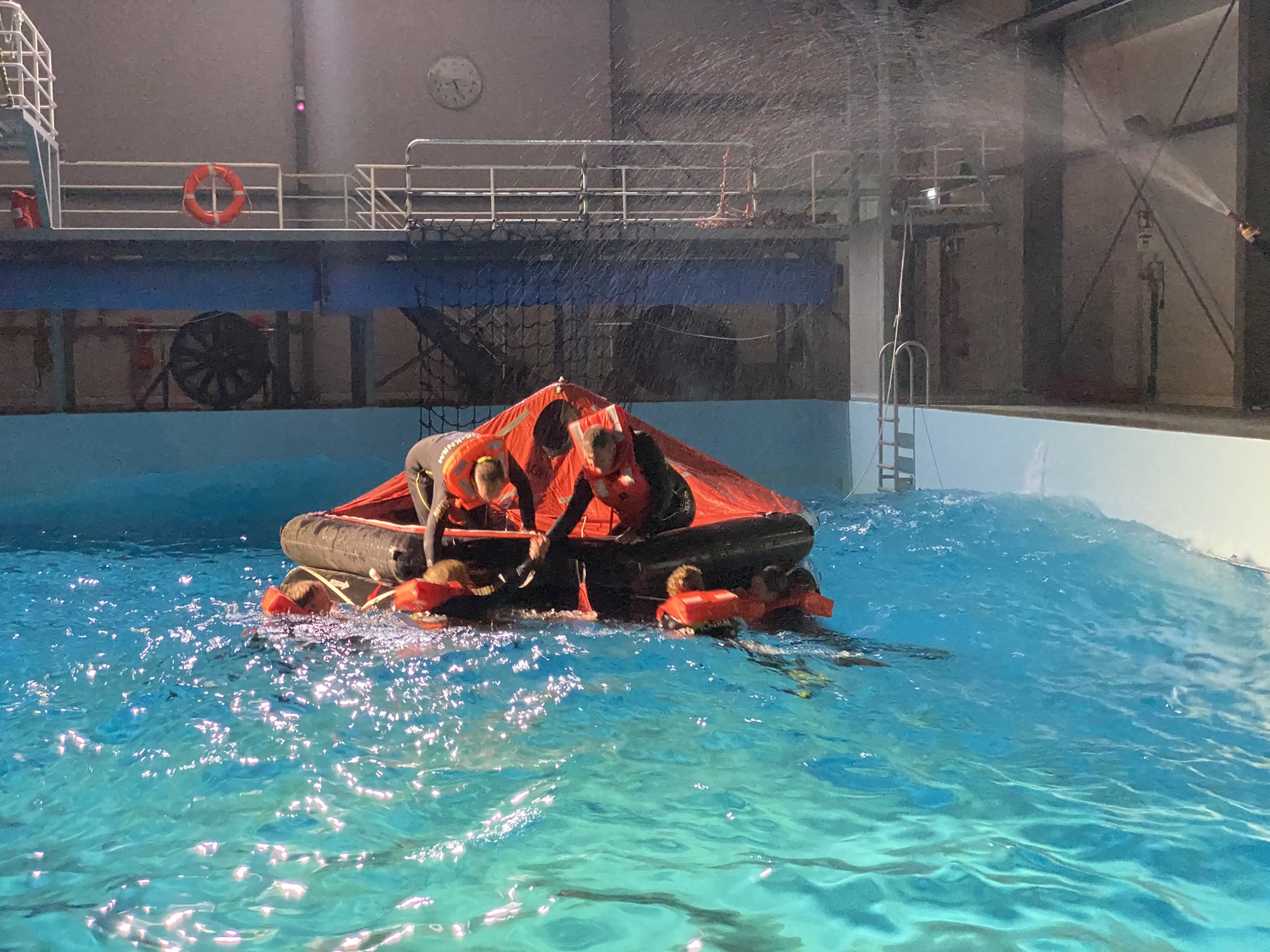
Sea Survival (GWO)
Deze module is opgesteld volgens de richtlijnen van de Global Wind Organization (GWO). De...
€342,-
incl. WINDA registratie fee, excl. 21% BTW
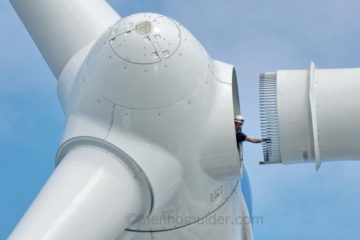
Working at Heights (GWO)
Deze module is opgesteld volgens de richtlijnen van de Global Wind Organization (GWO). Deze...
€625,-
incl. WINDA registratie fee, excl. 21% BTW
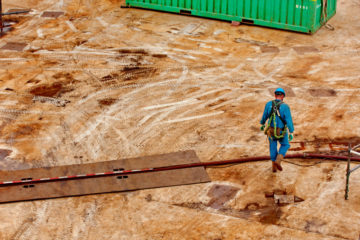
VOL VCA Examen
Het Examen VOL-VCA is beschikbaar op meerdere tijdstippen en locaties door het hele land....
€72,00 excl. 21% BTW,-
Nieuw 
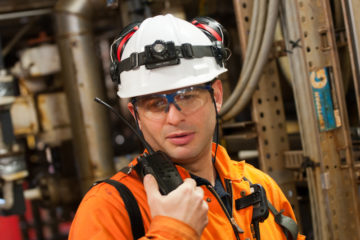
VIL VCU Examen
Het VIL VCU Examen (Veiligheid voor Intercedenten en Leidinggevenden van Uitzendbureaus) is onderdeel van...
€111,-
incl. registratiekosten, excl. 21% BTW
Nieuw 

Basis VCA Examen
Het Examen Basis-VCA is beschikbaar op meerdere tijdstippen en locaties door het hele land....
€72,00 Excl. 21% BTW,-
Nieuw 
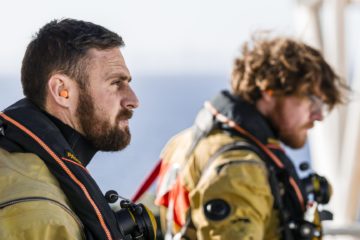
CA-EBS (OPITO 5902)
De door OPITO goedgekeurde Compressed Air Emergency Breathing System (CA-EBS) training is naar aanleiding...
€100,-
incl. registratiekosten, excl. 21% BTW
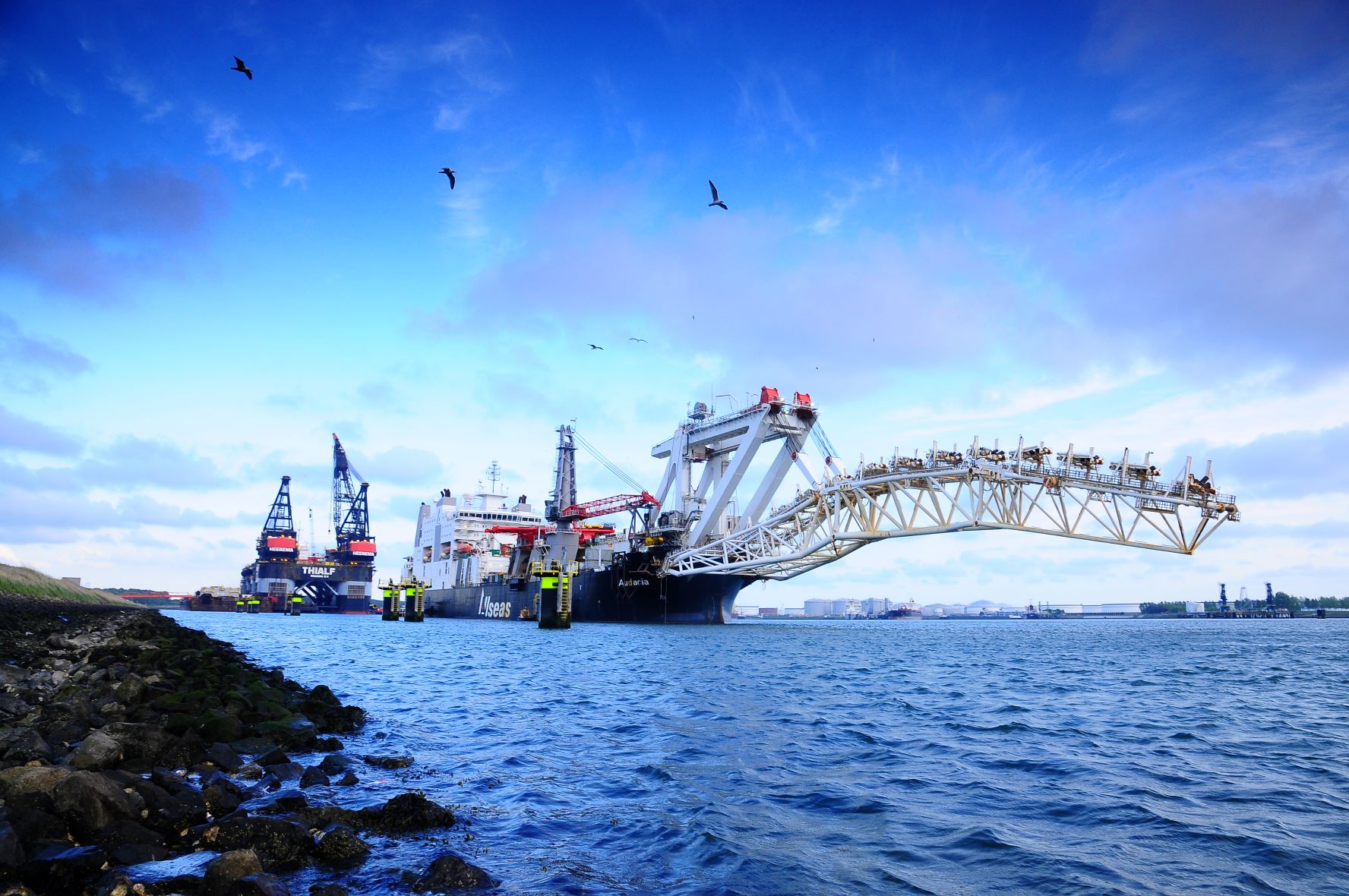
H2S (NOGEPA 0.8)
De H2S training (NOGEPA 0.8) duurt ongeveer 4 uur en is een veiligheidstraining voor...
€142,-
incl. registratiekosten, excl. 21% BTW

Rigging & Slinging voor Riggers & Banksmen (DNV)
Deze 3-daagse praktijkgerichte Rigging & Slinging voor Riggers & Banksmen training is speciaal ontwikkeld...
€1.450,-
excl. 21% BTW
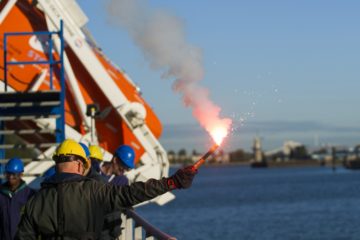
Tailor Made Trainingen
Zoekt u een veiligheidstraining afgestemd op uw specifieke veiligheidsbehoeftes? Neem contact op met STC...
in overleg,-
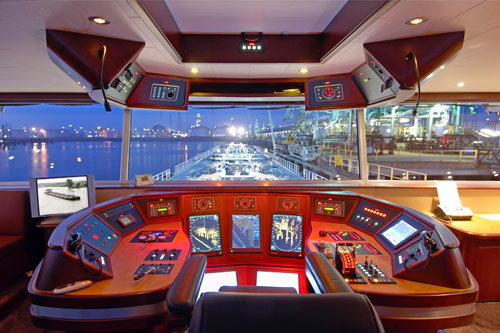
Basisopleiding veiligheid voor Deksmannen (English)
De basisopleiding veiligheid voor deksmannen omvat de basisregels voor veiligheid op het werk, omgang...
710,00 excl. 21% btw,-

Basisopleiding veiligheid voor Deksmannen (Nederlandstalig)
De basisopleiding veiligheid voor deksmannen omvat de basisregels voor veiligheid op het werk, omgang...
€710,-
excl. 21% btw
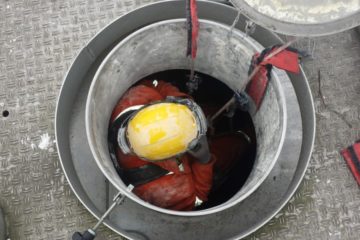
Confined Space Training / Veilig werken in besloten ruimten
De 1-daagse praktijktraining Veilig Werken in Besloten Ruimten is bedoeld voor personen die voor...
€415,-
excl. 21% BTW
Nieuw 
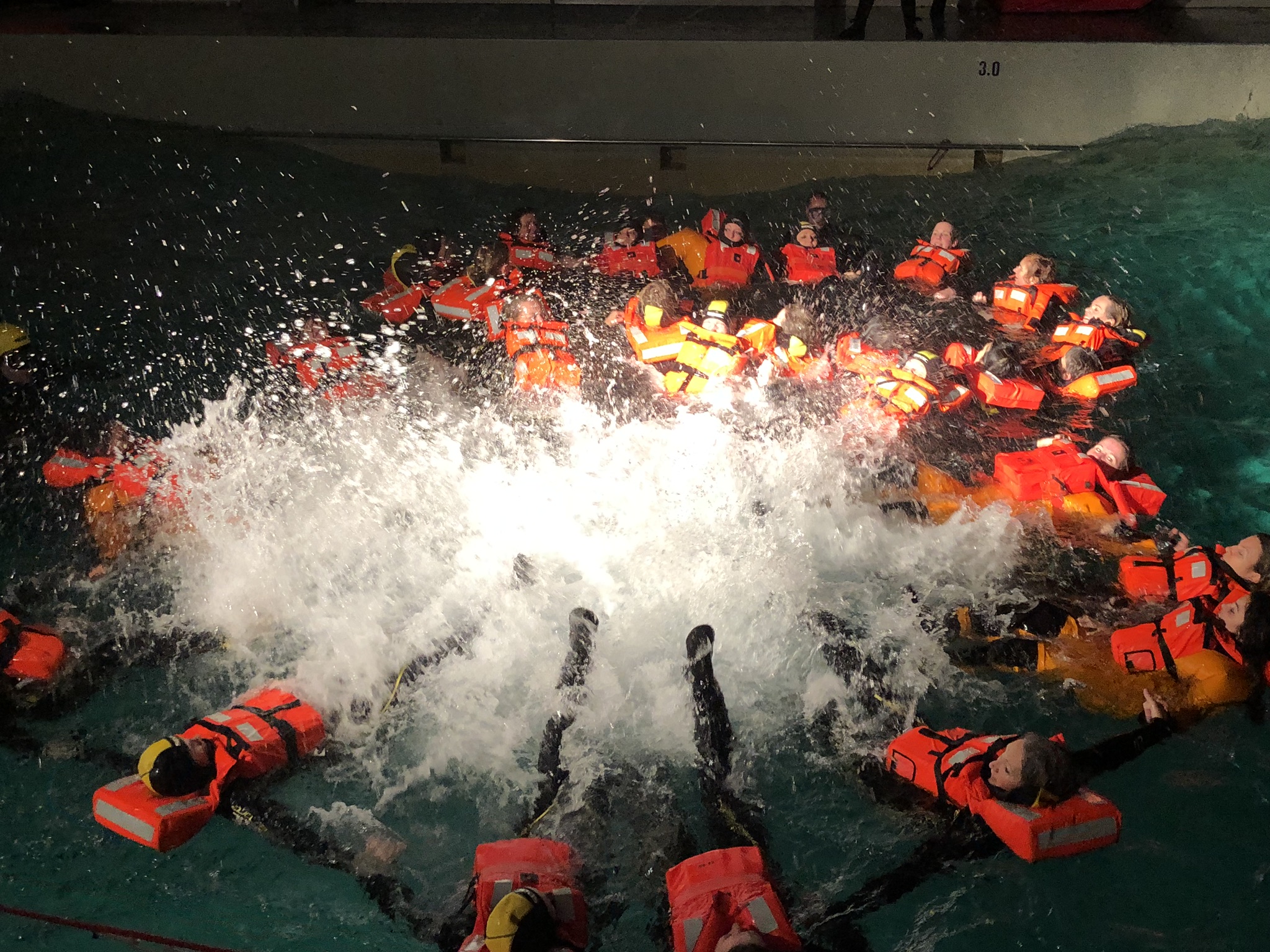
Lifejacket Training
Het programma van de training is als volgt: Theorie uitleg lifejacket ( SOLAS) Hypothermie...
Vanaf €1.525,-
Excl. 21% BTW groepsgrootte vanaf 10 personen
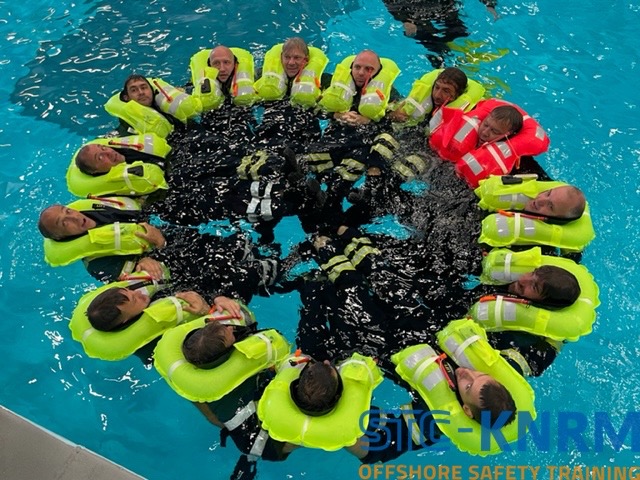
Teambuilding
Op zoek naar een leuke teambuildingsactiviteit? Boek een offshore experience bij STC NEXT! Het...
in overleg,-
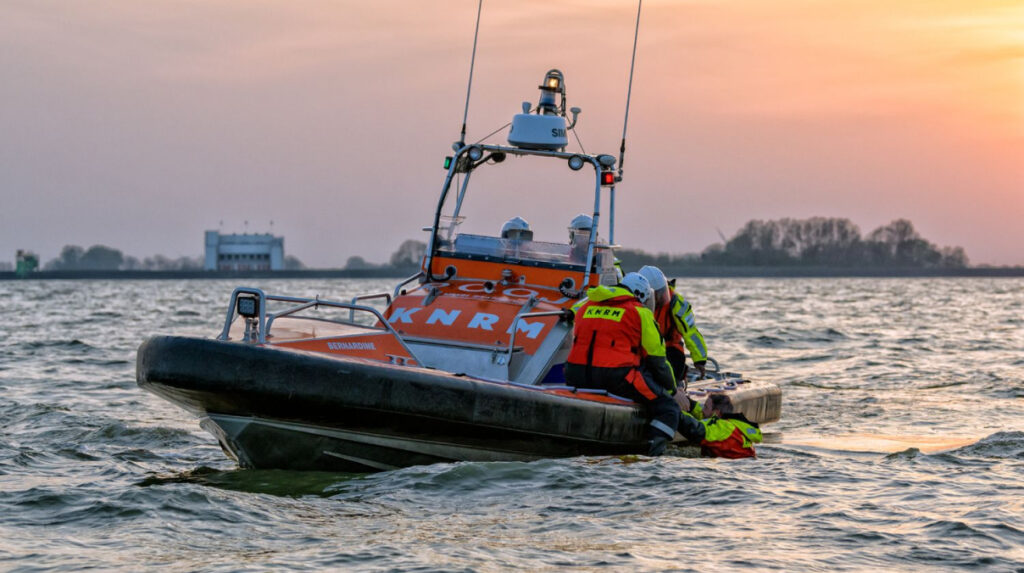
Onze sectoren
STC NEXT verzorgt trainingen voor de branches Olie & Gas, Offshore, Wind, Binnenvaart en de Maritieme sector
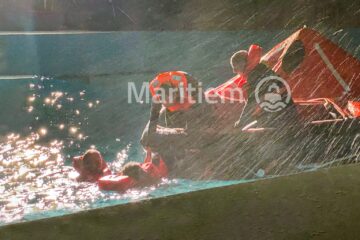
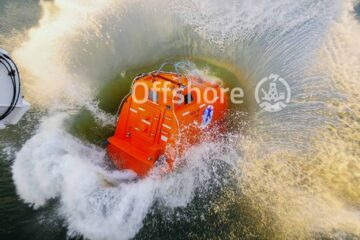
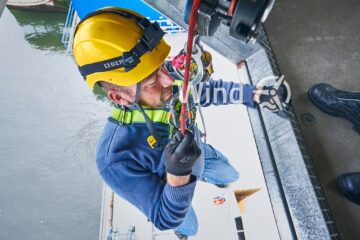
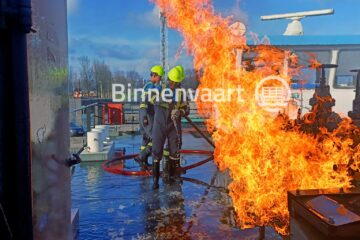
De binnenvaart is een professionele bedrijfstak in het vervoer en vormt een belangrijke schakel in de logistiek van die...
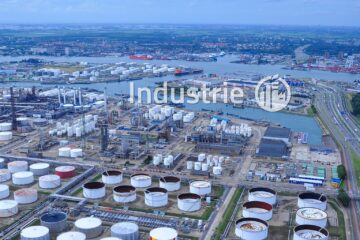
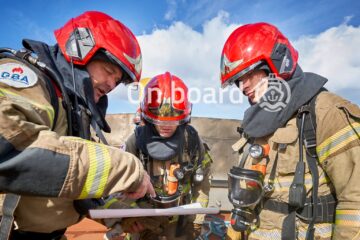
Zoekt u een veiligheidstraining afgestemd op uw specifieke veiligheidsbehoeftes aan boord?
Neem contact op met STC NEXT...
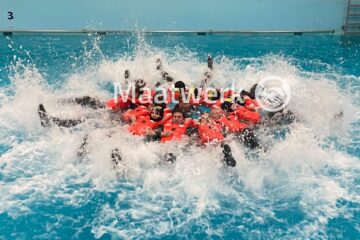
Zoekt u een veiligheidstraining afgestemd op uw specifieke veiligheidsbehoeftes?
Neem contact op met STC NEXT via info-hp@stcnext.com.
De experts zeggen ...
Hotel & Vervoer
Heeft u een overnachting nodig? STC NEXT kan dit voor u regelen! Dit kunt u doen door in de online boekingsmodule, bij de optie accommodatie, het hotel en het aantal nachten te selecteren.
STC NEXT heeft een samenwerking met...
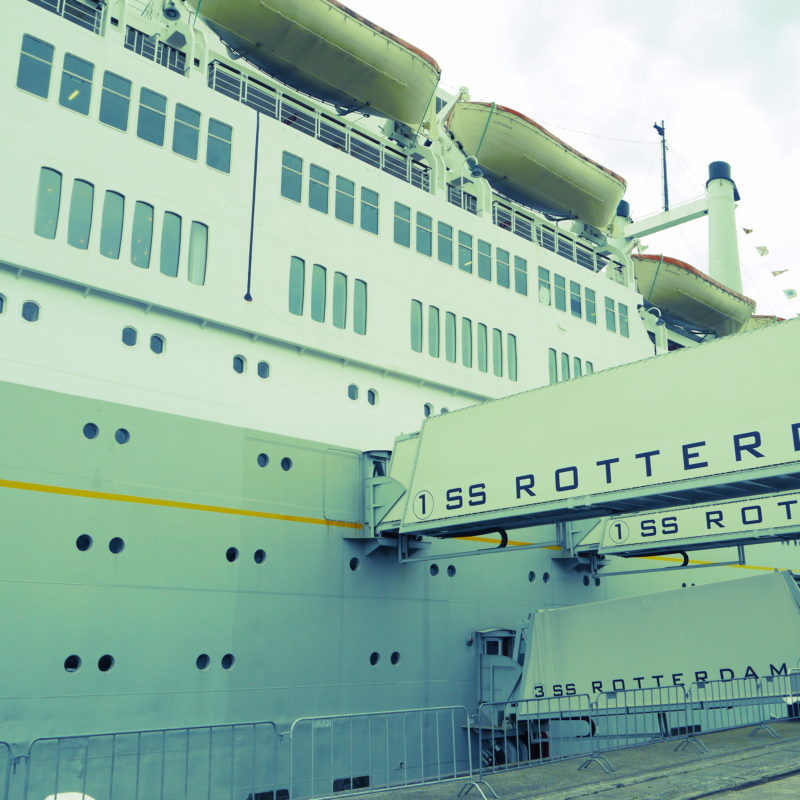
News
